
Choking is a painful experience for anyone especially for a child. It does not matter whether you are a parent, teacher or a babysitter; what matters is knowing how to deal with the scenario. The purpose of this blog is to give information in a straightforward and simple manner focusing on the use of the appropriate first aid techniques in threatening situations. We will look at the actions that have to be taken to prevent the further aggravation of the child’s condition, and how these actions tend to differ from one child to the other depending on physical attributes like age or body type. This will conclude with some strategies that can lower the chances of young ones choking altogether. With this knowledge, appropriate action can be taken in the appropriate manner and time to save a child’s life.





What are the Signs of Choking in a 1 Year Old?

Recognizing a chocking child
There are various reasons that show a child or a toddler has something lodged in the throat and can’t breathe easily. In a one-year-old, such symptoms include: sudden and unexpected and recurrent coughing or gagging, absence of sound or crying, signs of stress while breathing, change in skin color to bluish at the lips facial area, and at times, a child might also appear panicky or frightened. A toddler might grasp the neck with his/her hands and display large involuntary movements of the chest area or abdomen as he or she struggles to take in breath. It can help in responding to the situation faster in an attempt to dislodge whatever is causing the choke while aiming to prevent any additional injury to the child.Identifying choking hazards
Common choking hazards for 12 month-old children include swallowing objects and modified or raw food occupied in the mouth including coins and buttons, and small toys or even dry fruits, grapes, pieces of onion, and mincemeat. As practical strategies, children should be closely monitored during mealtimes, food must be cut into appropriate portions, and areas where children are likely to play should be devoid of minute objects that present a danger of choking.Signs and symptoms that blood chokes an individual often arise in common activities and events.
A 1-year-old child who is choking may demonstrate one or more of the following very specific signs: some sudden coughing or gagging, difficulty in making a sound: crying or any noise, breathing trouble – hard breath not enough intake, bluish hue of skin around lips and face, and a wide-eyed look of panic. Often the child will hold his or her throat and make snatched efforts to breath, brought about by strong movements of their chest or abdomen. Identifying such persons with relatively easy signs allows one to act appropriately and within time frames critical for the lifetime of these children.What Immediate First Aid Steps Should You Take?

What to Do When a Child Is Choking
In order to assist the child who is choking, reassess the situation and verify whether the child is actually choking. If they cannot breathe, cough, or cry out, take action without hesitation. In the case of a one-year old, support their head since they are face down along your forearm and proceed to strike their back up to five times just below their shoulder blades. If that doesn’t work, turn them face up and finger in the middle of their chest thrust the chest five times, just beneath the nipple line. This should go on until the object is removed from the mouth or the child begins to breathe or cough. If not, always call for the emergency services since you don’t do something urgently when the obstruction goes on.DEMO Step One: The Back Blows and Chest Thrusts Sequence
In as much as back blows and chest thrusts are being done, ensure that the child’s head and neck is firmly and gently supported in the areas of the neck and the head respectively. Strike the general area targeted with the back blows using firm hand control. Controlled downward pressure is used in chest thrusts with two fingers just above the sternum along the nipple line. Always remain calm to avoid unnecessary further trauma to the child’s chest and make sure that emergency services are in place in case the airway remains blocked.When to Call for Help or Emergency Services
In case of the child still choking, even after performing back blows and chest thrusts, or where the child loses consciousness at any time, do not delay and call for Emergency Services. In such cases, please call a doctor immediately and proceed with the thrusts only and do not wait for the child to be silent after the thrusts. Ensure delivery of Emergency protocols without delay if two cycles of back blows and chest thrusts have been in vain.How to Perform Back Blows and Abdominal Thrusts on a Choking Infant?
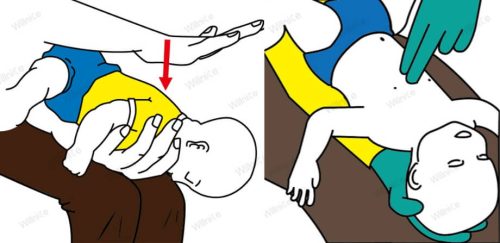
Appropriate Shouldering Technique for Back Blows
While back blows are being administered to a chocking infant, the caregiver should be seated or kneeling and the infant should be turned belly down on the caregiver's forearm with its head and neck being held in support. Place your forearm on your thigh to help steady yourself. With the heel of your other hand, aim for the area between an infant's shoulder blades and repeatedly use some force to jurisdictional up to 5 blows. The aim is to attempt to remove whatever is lodged in his or her throat. Always be aware of how the infant is doing and if these measures do not remove the blockage be ready to place a call to the emergency services.Right Technique for Effective Abdominal Thrusts
Position the infant supine on your forearm while still supporting the child's head and neck. Your forearm should also be placed on your thigh in order to help the caregiver in keeping balance. Using two fingers, firmly but gently press up to five times on the lower part of the infant’s sternum (just below the middle of the chest). If an object is accidentally blocking the infant’s airway, follow these steps to attempt to dislodge it. If the obstruction is not cleared within a minute, continue performing back blows and chest compressions while immediately seeking emergency medical assistance.Making Sure the Object is Removed Safely from the Airways
Monitor the infant's condition throughout back blows and abdominal thrusts in order to make sure that the object comes out. If they are unsuccessful, emergency services should be called right away because ongoing obstructions are a serious situation which have to be sorted out by a physician.What Not to Do When a Child is Choking?

Avoiding Common Mistakes
It is recommended not to put your fingers into the child’s mouth to remove the object from it as this is more likely to push the object farther into the throat. Snapping the child’s back when he is in an upright or standing position is also avoided as it could make the situation worse. Also, do not give any food or drink in the hope that it will assist in pushing the object down since it may aggravate the obstruction. Strategies to clear the airway must be followed, and a call-off to action must always be made for medical attention in case all strategies fail.Understanding the Risks
Improper techniques can severely harm others, especially when performed on a child trying to get an object out of their throat. Using incorrect techniques can also lead to excessive lodging of the object inside the throats which will further block the airways or cause physical injury to the throat. The panic, despair or anxiety from childhood can, however, further add to the problem making normal emergency intervention impossible. Because of the potential risks involved, protocols and procedures must be adhered to and in situations when needed, professional help must be sought.How to Prevent Choking Hazards for a 1 Year Old?

Safe Eating Practices
Child, who is one year old, is still vulnerable to choking as they are still developing ability to chew. It is good practice to cut food into smaller pieces, and supervise children as they eat so they are able to chew their food properly before swallowing. Avoid giving foods known to be choking risks, such as whole grapes, nuts and…Identifying and Eliminating Choking Hazards
Depending on learning new things and developing rapidly, it is inescapable that children will learn to crawl, walk and eventually explore their surroundings. This poses question as to which toys are safe for young children. First, make sure that small parts that can be swallowed are at all time away from children. For example, do not buy a toy which has removable parts that are smaller than a child’s mouth. Do not let children under the age of 3 play with tiny plastic parts. Always try and put away coins, pins and batteries. After the child has finished playing, clean the play area and check under all furniture to make sure that nothing that the child can swallow is present.Supervision and Safety Tips
A complete supervision of the person playing is important to reduce choking incidents. Children should be kept within reach, when playing or eating, so that if needed, parents can quickly assist them in the case of an emergency. In every household or center, there are basic first-aid skills that can be used in emergency cases of choking. The list of important contacts should be stored in a place where it can be easily retrieved. Any Child care practitioners should be knowledgeable of the signs, causes and risks associated with choking. A combination of constant carefulness and a safe environment can result into a very low risk of choking.Reference sources
- British Red Cross - First Aid for a Child Who is Choking
- St John Ambulance - Choking Child First Aid Advice
- WebMD - First Aid Steps for Choking in Children
Frequently Asked Questions (FAQs)
Q: What are the signs that indicate that a 1 year old child is choking?
A: A 1 year old child can be said to be choking when he or she has difficulty breathing, is pitifully coughing or gagging, has bluish skin, cannot cry or make noise, and appears panicking or is grabbing his/her throat.Q: What action should I take in case a choking 1 year old child needs help?
A: When a one year old toddler is choking, back blows and chest thrusts can be helpful. From behind the child, one can administer five back blows, in which the heel of one’s hand can be placed between the shoulder blades of the child, which are to be struck with the heel of one’s hand. If the object is not dislodged, proceed with chest thrusts.Q: What are the steps for providing first aid measures for a choking 1 year old?
A: The first thing to do is to determine whether the child can cough or breathe on his or her own. In such cases, the patient should be able to receive five blows to the back followed by a potential five thrusts to the chest. Take one of your hands and pretend to be making a fist and put it just above the belly button. Thrust the fist inwards and upwards. This should be repeated as required with inspections to determine whether the object in question has been dislodged.Q: At what point should I ring 999 or any other emergency service for an infant that is choking?
A: If the infant is unconscious, exhibits no signs of respiration or coughing, or if the obstruction has not been successfully removed after two or more back blows and chest thrusts, contact 999 without delay.Q: What specific first aid training is necessary for a parent to assist his or her choking 1-year-old?
A: First aid procedures such as how to administer back blows and chest thrusts, how to determine whether the infant is choking, and when to obtain medical assistance are all critical. There are also those hazards such as small toys and food that should be out of the child’s reach.Q: Where do I receive first aid training to a child who is choking?
A: Such first aid knowledge can be picked up from any of the organizations such such as the American Red Cross which offers programs on the same. This program would provide basic theory as well as teaching and practical training.Q: What if the object is not visible? What will be my course of action in such scenarios when my child is choking?
A: If you don't see the obstruction, don't attempt to find the obstruction as that type of searching can move the obstruction further back into the airway. Rather, use back blows and chest thrusts as per the recommended guidelines until the foreign body comes out or assistance comes.Q: Can I give back blows to my 1-year-old if they are restraining a cough?
A: Coughing alone is usually enough for most children to clear their airways in the presence of a foreign object. However, if a child is not able to clear the obstruction via coughing or they are turning cyanotic, it is appropriate to perform back blows and chest thrusts.Q: What overriding rule regarding a baby’s first aid can prevent thrush-related choking?
A: Strategies such as not allowing the infant to feed without supervision, offering soft foods that do not require grinding, preventing the feeding of small hard foods, and preventing access to small items can also help reduce the potential for choking.1662



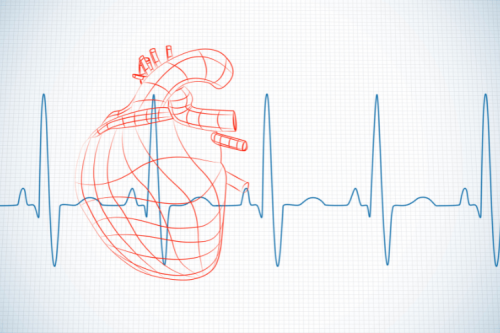
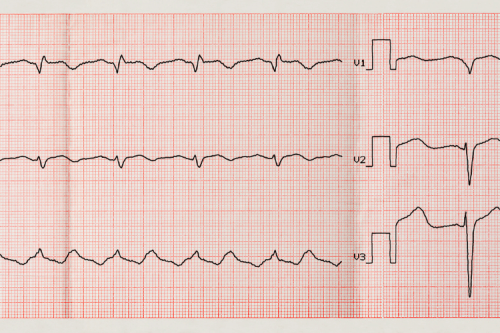

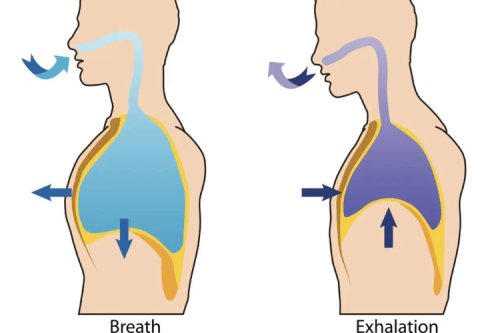
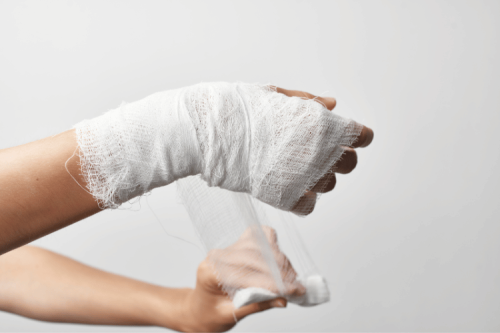
 Login with Google
Login with Google Login with Facebook
Login with Facebook